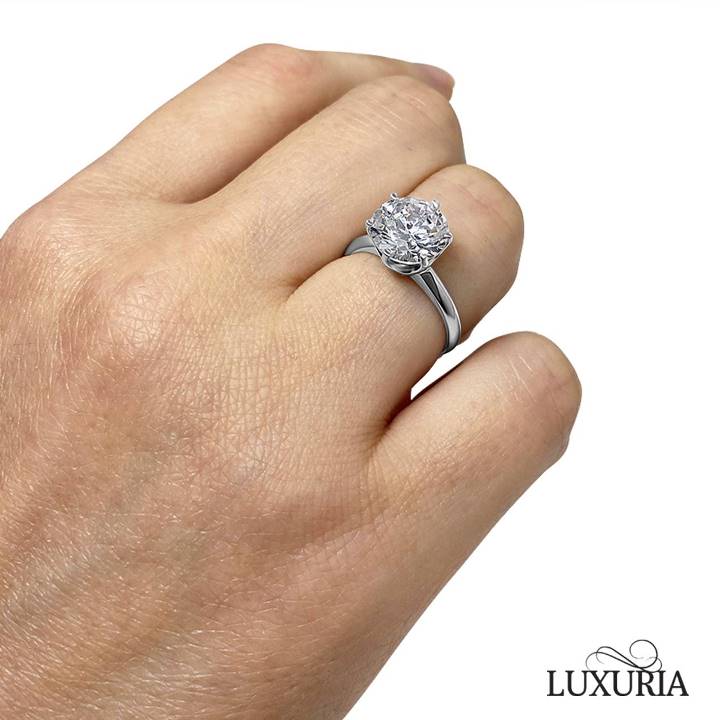As the celestial body closest to the earth, the moon exerts an extraordinary force of attraction on us. In ancient cultures, it played a religious and mythological role, inspired poets, gave lovers romantic nights, and promoted belief in the moon and rules such as: having a haircut when the moon is waning, planting trees when the moon is waxing. The moon is a natural satellite of the earth. Check for Rolex day date
After the sun, it is by far the brightest object in the sky. Presumably, for this reason, it was apparent for humans to want to explore this planet. In many ancient cultures, the moon played a religious or mythological role. However, we know from the ebb and flow that the moon influences life on earth. Scientific studies show that the moon affects our life on earth so that life without it would not be possible.
Its gravitational pull slows the earth’s rotation. If it didn’t exist, the globe would rotate three times faster on its axis. The day would only be eight hours, and there would be wind movements of 300 to 500 kilometers per hour. Even more: Without our pale neighbors, there would be large temperature and climate fluctuations. How so? The gravity of the moon keeps the earth stable. Without it, the earth’s axis would tilt by up to 85 degrees every few million years.
How Fluctuation In Climate Determine Time
Without our pale neighbors, there would be significant fluctuations in temperature and climate. How so? The gravity of the moon keeps the earth stable. Without it, the earth’s axis would tilt by up to 85 degrees every few million years. Without our pale neighbors, there would be significant fluctuations in temperature and climate. How so? The gravity of the moon keeps the earth stable. Without it, the earth’s axis would tilt by up to 85 degrees every few million years.




